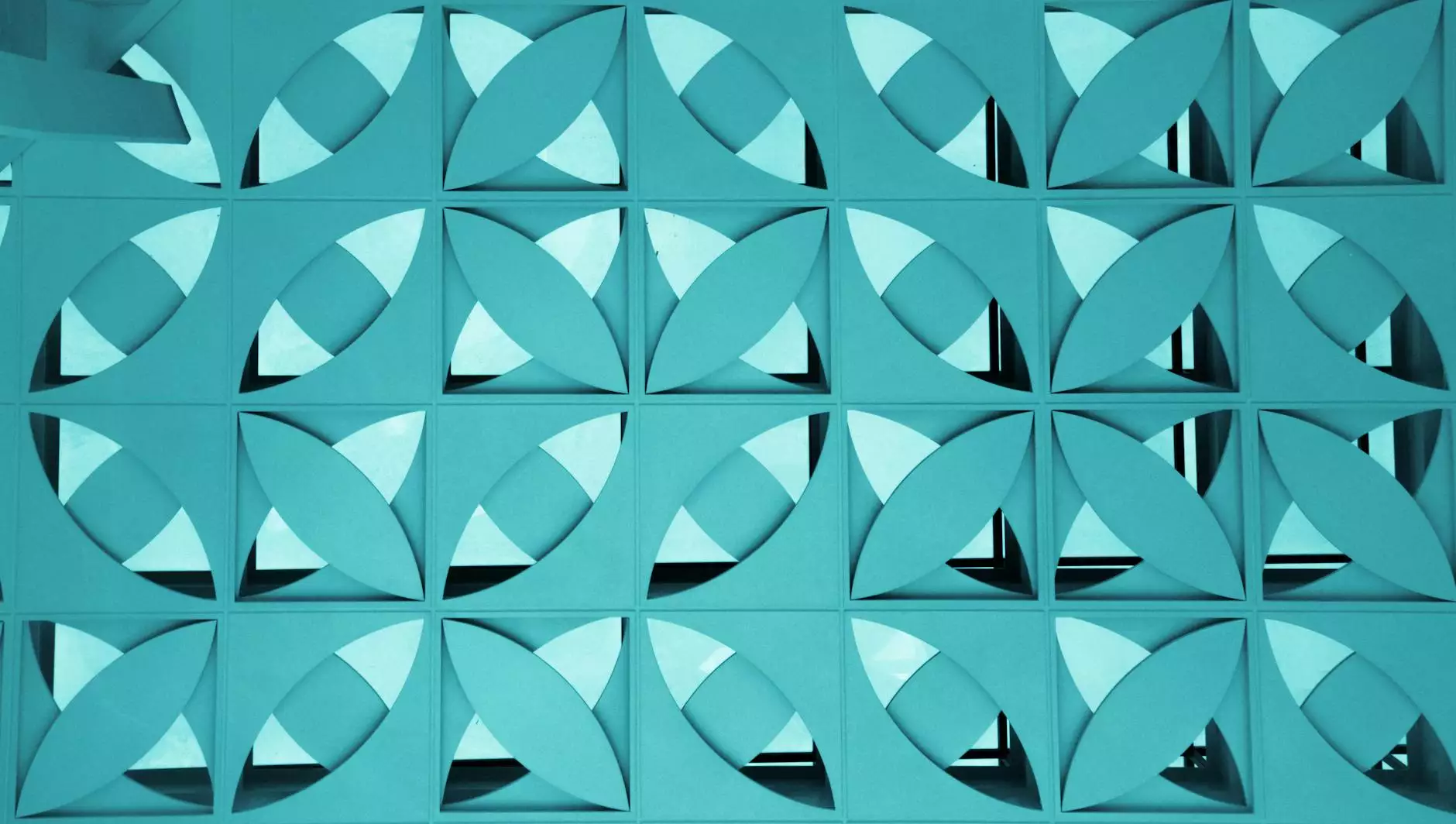The Comprehensive Guide to Understanding Your Human Design Chart

In recent years, the human design chart has gained immense popularity as a tool for self-discovery and personal development. Combining elements of astrology, the I Ching, Kabbalah, and the chakra system, it provides a unique framework that can help individuals understand their true nature, strengths, and challenges. Whether you are looking to enhance your relationships, improve your career, or simply gain insight into your personality, understanding your human design chart is a crucial step.
What is a Human Design Chart?
A human design chart, often referred to as your Bodygraph, is a visual representation of your energetic blueprint. This chart is calculated using your birth data—date, time, and place—and reveals your unique configuration of energy centers, channels, and gates. Each element of the chart plays a significant role in determining your personality traits, decision-making strategies, and life path.
The human design system categorizes individuals into five main types:
- Manifestors: These are the initiators, capable of bringing ideas into action and inspiring others.
- Generators: Known for their stamina and work ethic, Generators thrive when responding to their environments.
- Projectors: As natural guides, Projectors excel at managing and overseeing others’ energies.
- Reflectors: Reflectors are highly sensitive and act as mirrors to their environments, offering invaluable insights.
- Manifesting Generators: A hybrid of Manifestors and Generators, they are multi-talented and fast-paced.
Decoding Your Human Design Chart
Understanding your human design chart can seem overwhelming at first due to the richness of information it contains. However, breaking it down into manageable parts can simplify the process and enhance your understanding.
1. Energy Centers
Your chart features nine energy centers, each corresponding to different aspects of your being. These centers can be defined (colored in) or undefined (white). Defined centers indicate consistent energy, while undefined centers highlight areas where you might be influenced by others.
- Head Center: Inspiration and mental pressure.
- Ajna Center: Conceptualizing and mental processing.
- Throat Center: Communication and manifestation.
- G Center: Identity and direction in life.
- Spleen Center: Intuition and instincts.
- Solar Plexus Center: Emotions and sensitivity.
- Sacral Center: Life force and creativity.
- Root Center: Pressure and motivation.
- Heart Center: Willpower and ego.
2. Channels and Gates
Channels are lines connecting energy centers, representing potential energy flow and talents. Gates are specific points within the channels, symbolizing particular traits or expressions of energy. Understanding these connections can illuminate your unique gifts and areas for development.
3. Profile
Your profile is a two-number combination that reveals your personality themes and life purpose. It indicates how you interact with the world and how you are seen by others, providing insight into your overall life experiences.
How to Interpret Your Human Design Chart
Interpreting your human design chart involves examining the various components and understanding their meaning. Here are steps to effectively decode your chart:
1. Obtain Your Chart
To begin, you need to generate your human design chart. Several online resources offer free chart generators. All you need is your birth data to create an accurate representation.
2. Analyze Your Energy Type
Once you have your chart, start by identifying your energy type. Understanding your type is essential as it provides the foundation for how you interact with the world and make decisions. Each type has its own strategy, which should be embraced for optimal living.
3. Explore Your Centers
Next, delve into your defined and undefined centers. Take note of which centers are colored in and which are not. This will help you understand where you have consistent energy and where you might be more vulnerable to external influence.
4. Look into Channels and Gates
Study the channels and gates in your chart. Each gate number corresponds to a specific trait or life theme. Researching the meanings behind these can provide profound insights into your strengths and challenges.
5. Reflect on Your Profile
Your profile can help you dive deeper into understanding your role in life. It reveals not only how you perceive yourself but also how you are perceived by others, guiding your interactions and relationships.
Benefits of Knowing Your Human Design Chart
The insights gained from analyzing your human design chart extend far beyond mere curiosity. Here are some significant benefits:
- Enhanced Self-Awareness: By understanding your energy type and how you operate, you can make choices that align with your authentic self.
- Improved Relationships: Knowledge of how you and others function energetically can lead to better communication and understanding in relationships.
- Career Guidance: Your human design can guide you in choosing a career path that is in alignment with your natural strengths and inclinations.
- Personal Growth: By recognizing your challenges and how to navigate them, you can promote personal development and growth.
- Decision-Making Strategies: Each energy type has a unique strategy for making decisions, which can help in both personal and professional scenarios.
Practical Applications of Your Human Design Chart
Armed with the knowledge of your human design chart, you can bring transformation into various areas of your life in practical ways. Here are some applications:
1. Personal Development
Use your chart as a roadmap for personal growth. Identify patterns in your choices and behavior, and consider how your defined and undefined centers influence your life experiences. Such insights can foster greater emotional intelligence and resilience.
2. Relationship Enhancements
Understanding the energetic dynamics between you and others can lead to healthier relationships. You can navigate conflicts better and learn how to support your partner's or friend’s unique energetic needs.
3. Career Alignment
If you feel unfulfilled in your career, refer back to your chart. Understanding your energy type can help you find a profession that fits your natural rhythm and talents, leading to increased satisfaction and productivity.
4. Parenting Insights
For parents, knowing their child’s human design can be beneficial in providing the right environment for growth and support. By recognizing their child’s unique traits and needs, parents can tailor their approach to foster optimal development.
Conclusion: Embracing Your Unique Design
The human design chart is a powerful tool for self-discovery that can lead to profound shifts in personal understanding and interpersonal relationships. By embracing your unique configuration, you can harness your inner potential, navigate life’s challenges, and enhance your overall well-being.
As you explore the many facets of your human design, remember that this system is not about categorizing or limiting you but empowering you to live authentically. Dive into the depths of your chart, engage with its teachings, and greatly transform your life's path.
Take the leap today, and start unlocking the mysteries of your human design chart for a more fulfilling and aligned life.
human design chart








